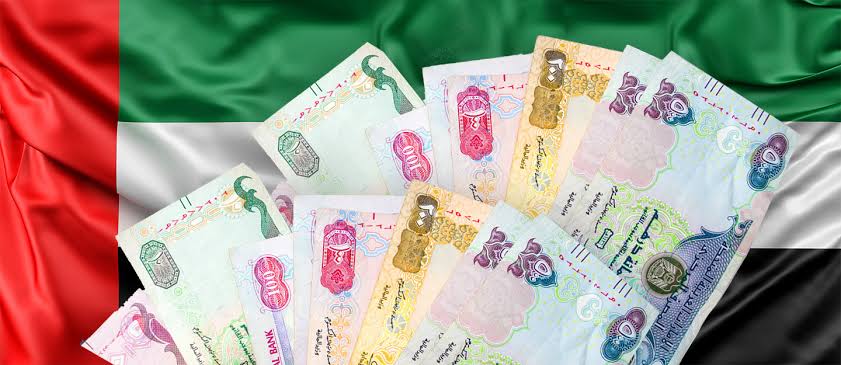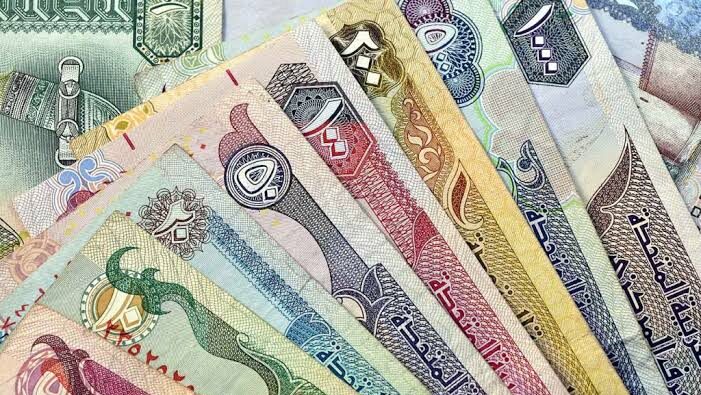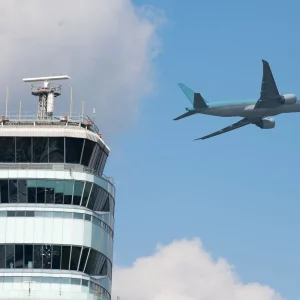Currency exchange rates play a crucial role in the global economy, influencing trade, tourism, investment, and remittance flows. The exchange rate between the UAE Dirham (AED) and the Sri Lankan Rupee (LKR) is particularly significant for the large number of Sri Lankan nationals living and working in the UAE. Understanding the value of 1 Dirham in Sri Lankan Rupees is essential for a variety of financial transactions, including remittances, travel planning, and investment decisions. This article aims to explore the factors influencing the exchange rate between the Dirham and the Sri Lankan Rupee, the historical context of the rate, and its implications for both individuals and businesses.
The Exchange Rate Between the Dirham and Sri Lankan Rupee
As of recent years, the exchange rate between the UAE Dirham (AED) and the Sri Lankan Rupee (LKR) fluctuates due to multiple economic factors, both local and global. The UAE Dirham is a stable and widely used currency in the Gulf region, backed by a strong economy primarily driven by oil exports, trade, and tourism. In contrast, the Sri Lankan Rupee is the official currency of Sri Lanka and is subject to fluctuations influenced by factors such as inflation, fiscal policies, foreign exchange reserves, and international trade.
Typically, the value of 1 Dirham in Sri Lankan Rupees falls within a specific range, though this can change depending on global financial conditions, economic instability, and other market forces. As of recent data, the value of 1 AED hovers around 75 to 85 LKR, though this figure can experience short-term fluctuations. Currency exchange rates are constantly monitored by governments, financial institutions, and traders to assess the health of the economy and make informed financial decisions.


Factors Influencing the Exchange Rate
The exchange rate between the Dirham and the Sri Lankan Rupee is influenced by a range of macroeconomic factors. These factors are critical for understanding the volatility and the overall trend in the exchange rate over time.
1. Economic Stability in Sri Lanka
Sri Lanka’s economic performance plays a significant role in the strength of the Sri Lankan Rupee. The country’s inflation rates, fiscal deficits, debt levels, and overall economic health contribute to the volatility of the LKR. In recent years, Sri Lanka has faced economic challenges such as rising inflation, foreign exchange shortages, and a high debt burden, which have contributed to depreciation of the Rupee against many major currencies, including the Dirham.

2. Oil Prices and the UAE Economy
The UAE’s economy is closely tied to the oil industry. Since oil exports are a significant contributor to the country’s GDP, fluctuations in global oil prices can impact the value of the Dirham. A higher oil price typically strengthens the Dirham, while a decline in oil prices can weaken it. Given that Sri Lanka relies on imports for many of its goods, including petroleum products, changes in the value of the Dirham relative to the Sri Lankan Rupee can impact Sri Lanka’s import costs, inflation, and overall economic stability.
3. Monetary Policies and Central Bank Interventions
Both the Central Bank of Sri Lanka and the Central Bank of the UAE play pivotal roles in managing their respective currencies. The Sri Lankan central bank’s monetary policies, including interest rates and foreign currency reserves management, impact the LKR’s strength. In times of crisis or when the country faces currency shortages, the central bank may intervene in the market to stabilize the exchange rate, though these interventions may not always be successful in the long run.
4. Tourism and Remittance Flows
Tourism and remittances are two key sources of foreign currency inflows into Sri Lanka. The UAE is a significant source of remittances for Sri Lanka, with thousands of Sri Lankan workers sending money back home to their families. Fluctuations in the exchange rate between the Dirham and the Sri Lankan Rupee have a direct impact on the amount of money that workers can remit back to Sri Lanka. For those sending money to family members in Sri Lanka, the value of 1 Dirham in Sri Lankan Rupees determines how much their relatives will receive and how much they can spend.
5. Global Economic Trends
Global economic trends, including the strength of major currencies like the US Dollar, also influence the exchange rate between the Dirham and the Sri Lankan Rupee. The Dirham is pegged to the US Dollar, which means that changes in the value of the Dollar can indirectly impact the Dirham’s value. Similarly, fluctuations in the US Dollar can affect Sri Lanka’s balance of trade, foreign debt, and currency exchange reserves, leading to shifts in the value of the Sri Lankan Rupee.
Impact on Sri Lankans in the UAE
For Sri Lankans living and working in the UAE, the exchange rate between the Dirham and the Sri Lankan Rupee has significant financial implications. One of the most important factors for expatriates is remittances. Sri Lankan workers in the UAE, many of whom are employed in construction, hospitality, healthcare, and other sectors, send money back to their families in Sri Lanka. A favorable exchange rate allows workers to send larger amounts, thereby improving the financial well-being of their families back home.
However, exchange rate fluctuations can also present challenges. For instance, if the value of the Dirham decreases relative to the Sri Lankan Rupee, it could reduce the value of remittances, meaning that workers will need to send more Dirhams to achieve the same amount in LKR. This is especially problematic in times of inflation or economic instability in Sri Lanka, as the purchasing power of the Rupee weakens.
Moreover, Sri Lankans in the UAE who have savings in Dirhams may find that the value of their savings fluctuates when converted to Sri Lankan Rupees. Currency devaluation in Sri Lanka means that the Rupee’s value is lower than before, reducing the purchasing power of savings when sent home or exchanged.
The Role of Financial Institutions
In such a dynamic exchange rate environment, financial institutions in both the UAE and Sri Lanka play an essential role in managing currency conversion for remittances, travel, and trade. Money transfer services, both traditional and digital, help facilitate the transfer of funds between the two countries. Exchange rates are a key factor in determining the fees and service charges for these transactions, and they can vary between different financial institutions. It is important for expatriates to monitor exchange rates regularly to ensure they are getting the best possible value for their money when sending remittances back home.
Conclusion
Understanding the exchange rate between 1 Dirham and the Sri Lankan Rupee is crucial for expatriates, tourists, businesses, and financial planners who are involved in the UAE-Sri Lanka financial corridor. Currency exchange rates are shaped by numerous factors, including economic policies, global trade conditions, and market dynamics. Fluctuations in the exchange rate can have far-reaching effects on remittances, investment, and day-to-day expenses. As both countries continue to navigate challenges posed by global economic conditions, the Dirham-Rupee exchange rate will remain an important indicator of financial health, impacting individuals and businesses in both the UAE and Sri Lanka.
Do follow Uae stories for more Updates














